Selling
Your Home This Christmas? 3 Unexpected Benefits
If you’ve got a home
on the market right now, it can leave you feeling like the Grinch stole your
Christmas. Everyone knows spring’s the season for selling. And working home showings into a busy holiday
schedule is like trying to shove a 20-foot tree into your living room.
Competition Dries Up
Come spring, sellers
will flood the market, and your home will be just another fish in a great big
pond. But right now, you’ve practically got the market to yourself.
“Very few homes come on the market in December and January, so
you’ve got serious buyers who just pounce on homes as soon as they hit the
market,” If your home is priced right and within the Buyers price range, you
should be getting some showing activity. You’d be surprised at how many of
these homes sell in a week, during these winter months.
In fact, a recent study
of 19 metropolitan cities showed that homes listed in winter were more likely
to sell within six months and spent fewer days on the market compared to homes
listed in other seasons. Even in frigid climates like Boston, Wisconsin and Chicago, winter sellers got better results
than those who listed any other time of year.
Of course, every
market is different, so ask be sure to ask your agent.
Most folks want to
curl up under a blanket next to a warm fire on a cold winter day. If a buyer’s
trudging around in freezing weather to look at your home, they must be serious.
That’s because many winter buyers are working against a deadline, whether it’s
an expiring lease, relocation, or a contract on their current home.
So does that mean you
have to send guests packing every time you get a call for a showing? If they
ask to look at your home in the middle of a family gathering, it’s okay to say
no. Serious buyers will come back the exception is if there’s a serious buyer
who’s in town during the holidays to look for houses because it’s their time
off,”
A good agent will set proper expectations with the buyer’s
agent if your home isn’t picture-perfect for a last-minute showing. They’ll
also let you know if and when they’ll be out of pocket and which agent will
handle your listing during that time so holiday opportunities don’t pass you
by.

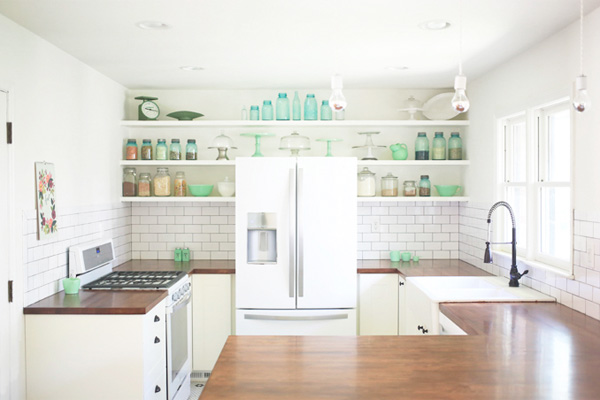
 Image: Beautiful Protest
Image: Beautiful Protest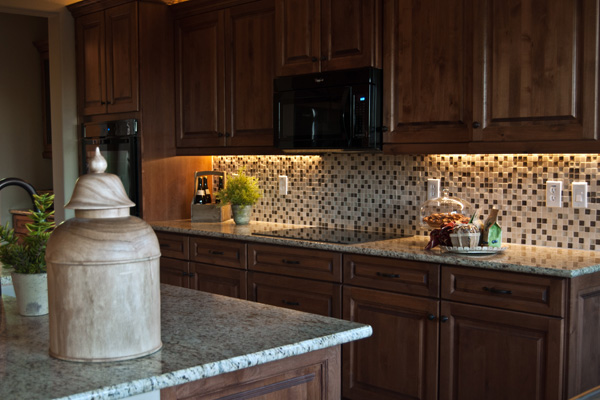 Image: Inspired LED
Image: Inspired LED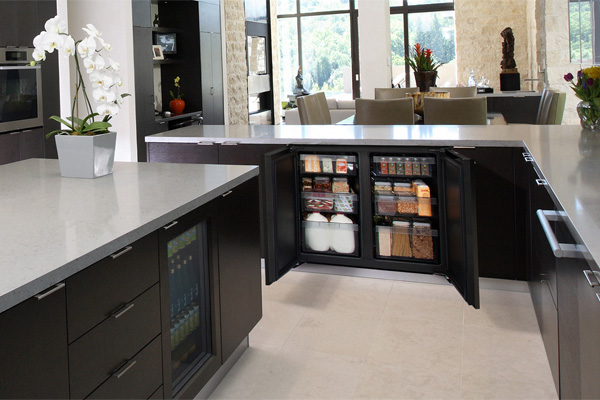 Image: U-Line / Photography: Douglas Johnson
Image: U-Line / Photography: Douglas Johnson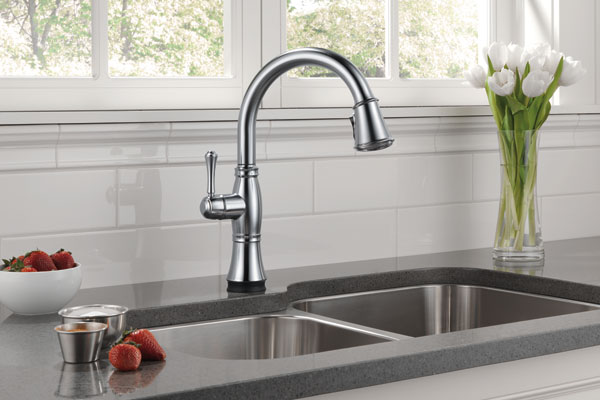 Image: Delta Faucet Company
Image: Delta Faucet Company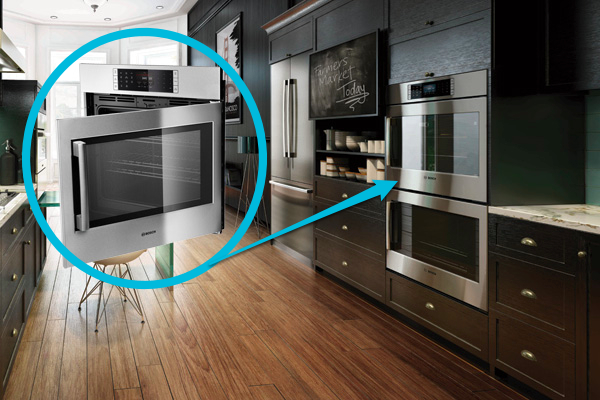 Image: Bosch Home Appliances
Image: Bosch Home Appliances